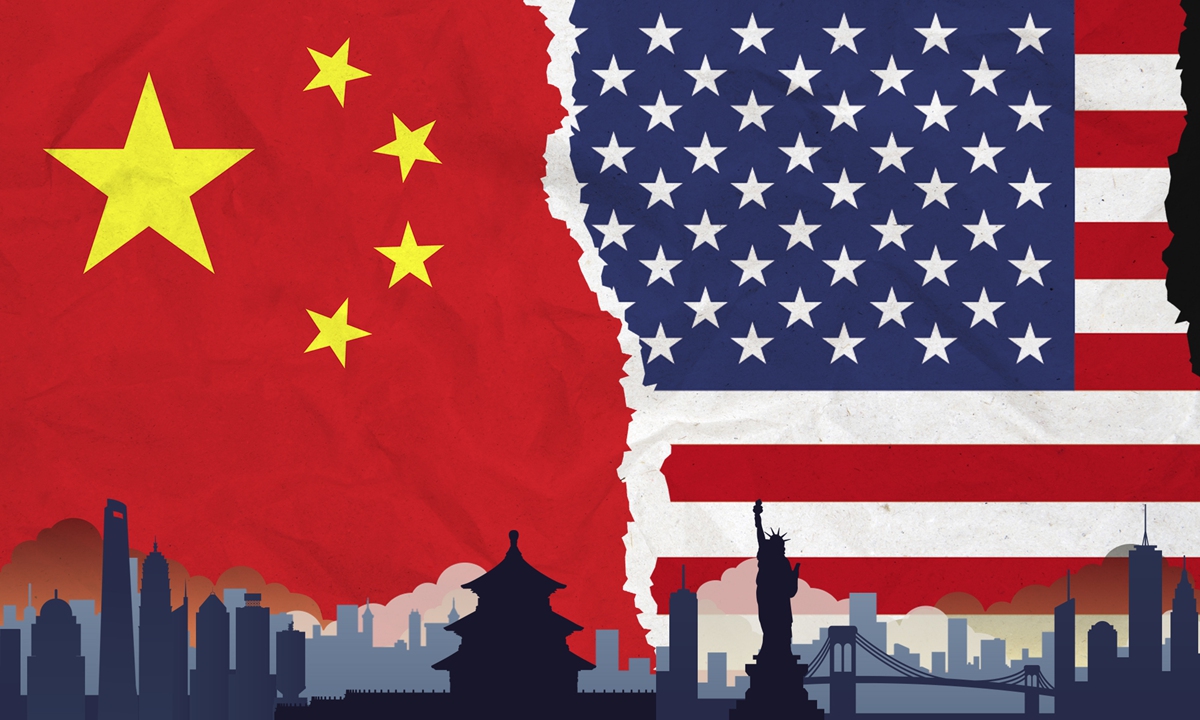In March of this year, the United States of America and China resumed informal nuclear arms talks that have been stalled for five years, according to information received from diplomats. The discussions centered around the threat of nuclear weapons surrounding the issue of Taiwan. The US raised concerns over the use of nuclear weapons by China if it faced defeat in the conflict over Taiwan. China however allayed the USA’s doubts proclaiming that it could engage in a conventional fight over the issue without the need for nuclear weapons.
Table of Contents
Who Participated in the Talks?
These talks were informal and part of track two diplomacy. While Track one diplomacy involves direct communication between the governments of the two countries, track two diplomacy generally involves academics and ex government servants who can speak of the government’s decisions with authority. The talks were held in a hotel room in China. The Washington delegation included former officials and scholars whereas Beijing sent scholars and analysts including many former PLA officers. The talks took place over a time span of two days.
Significance of the Talks
The US Department of Defence reported that China has over 500 nuclear warheads at present and will probably develop more than 1,000 by the end of 2030. The USA currently has 1,770 nuclear warheads and Russia has 1,710, in comparison to which China could soon pose stiff competition. Over the last few years, China has continually modernized its nuclear arsenal with reports claiming that it is now a nuclear triad with weapons that could be launched from land, air and the sea. This is one of the tell-tale signs of a nuclear power.
Citing this increased competition amidst global uncertainty, experts say that a significant issue that the US wanted to discuss was whether China still stood by its no-first-use and minimal deterrence policies, which it first proclaimed in the 1960s after the introduction of its first nuclear bomb. The Chinese however responded by saying that Beijing still stood by these policies and that it was not interested in reaching nuclear parity with the US, let alone superiority.
These nuclear talks were formerly a part of a two decade dialogue that was stopped during Trump’s reign in 2019, when he pulled funds. Even though informal discussions resumed after the pandemic, the dialogue in Shanghai was the first time that nuclear weapons were specifically discussed.
Background on China US Relations
China and the United States are engaged in intense competition across various domains, including technology, military power, and global influence. Technologically, both nations vie for dominance in areas like artificial intelligence and 5G networks. Militarily, the U.S. aims to maintain its presence in the Asia-Pacific, while China seeks to expand its influence, particularly in the South China Sea. Globally, the two superpowers compete for political and economic leadership, with initiatives like China’s Belt and Road Initiative countering U.S. alliances and partnerships. This rivalry shapes international relations, impacting global trade, security, and governance structures.
